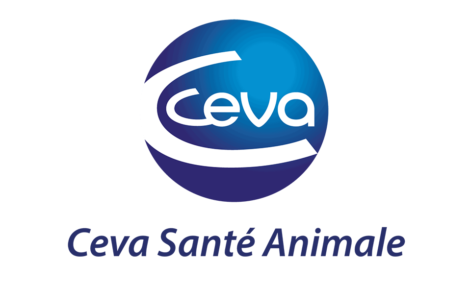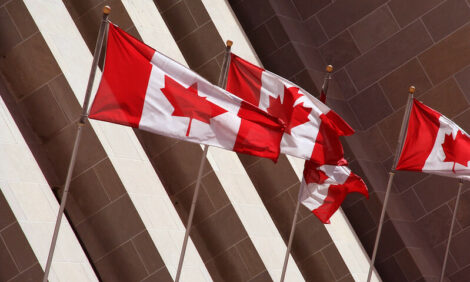



Farm Export Earnings Set to Rise
AUSTRALIA - Australia’s agricultural export earnings are forecast to rise in 2011–12.The Agricultural commodities – December quarter 2011 report, released by ABARES today, forecasts the value of farm exports will rise by around six per cent to $34.5 billion in 2011–12, reflecting expected higher exports and relatively favourable agricultural prices.
Agriculture Minister Joe Ludwig said crop production is forecast to rise by around six per cent for 2011–12 and in welcome news for wheat producers, export earnings from wheat is expected to rise by three per cent.
“During my visit to North Asia this past week, I’ve been encouraged to see so much Australian produce on supermarket shelves,” Minister Ludwig said.
“ABARES forecasts the demand for agricultural products in the Asian region is expected to remain strong, with more than 60 per cent of Australia’s farm exports to the Asian region in 2010–11.”
ABARES has forecast livestock and livestock products will increase by close to two per cent in 2011–12, reflecting higher lamb turn–off rates and increased wool and milk production.
“The good news continues for livestock producers, who are expected to continue to rebuild herd and flock numbers to take advantage of relatively favourable seasonal conditions,” Minister Ludwig said.
Fisheries and forestry export earnings are forecast to increase too, to around $1.4 billion and $2.5 billion in 2011–12 respectively, taking the total value of Australian agricultural, fisheries and forestry exports $38.4 billion in 2011–12, an increase of around six per cent from $36.1 billion in 2010–11.
“The forecast for increased export earnings is good news for producers at any time, but particularly when world economic growth is expected to slow down,” Minister Ludwig said.
“The forecasts in this report are great news for Australia’s agricultural, fisheries and forestry exporters and are evidence of the hard work and ground–breaking approaches adopted by Australian producers.”
The report, Agricultural commodities–December quarter 2011. is available at ABARES Publications.








